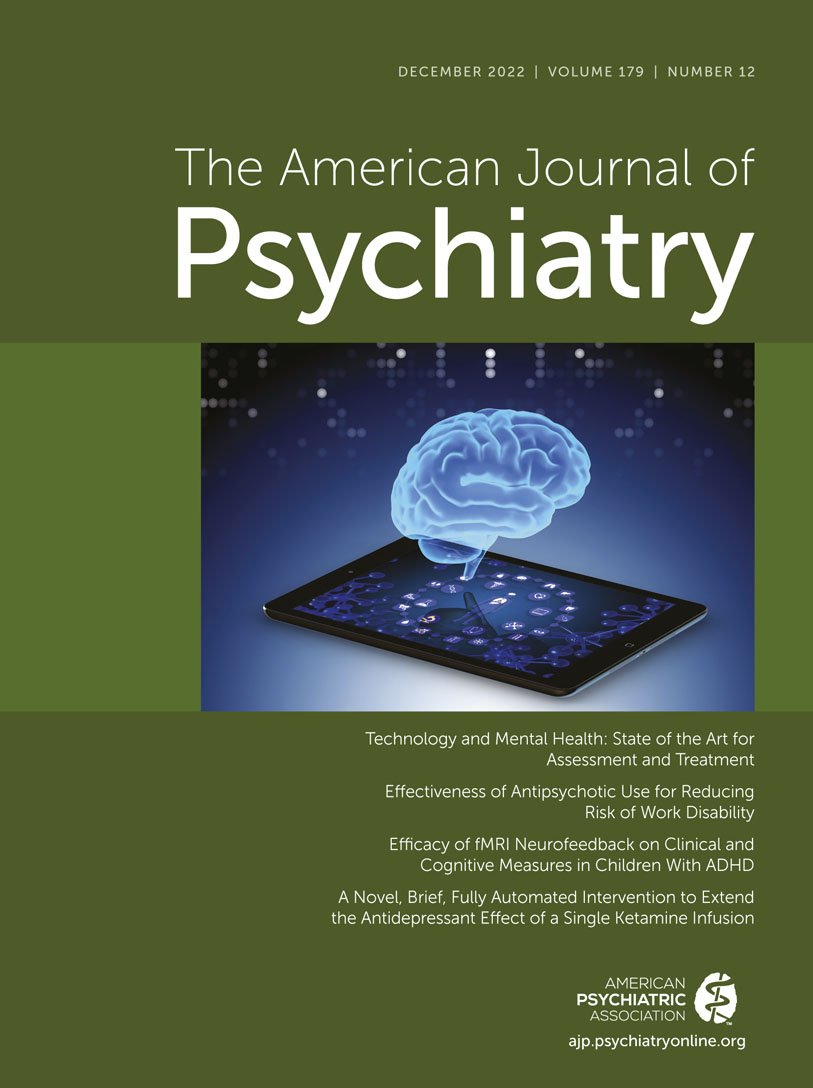Naltrexone-Bupropion and Behavior Therapy, Alone and Combined, for Binge-Eating Disorder: Randomized Double-Blind Placebo-Controlled Trial
Abstract
Objective:
Binge-eating disorder, the most prevalent eating disorder, is a serious public health problem associated with obesity, psychiatric and medical comorbidities, and functional impairments. Binge-eating disorder remains underrecognized and infrequently treated, and few evidence-based treatments exist. The authors tested the effectiveness of naltrexone-bupropion and behavioral weight loss therapy (BWL), alone and combined, for binge-eating disorder comorbid with obesity.
Methods:
In a randomized double-blind placebo-controlled trial conducted from February 2017 to February 2021, using a 2×2 balanced factorial design, 136 patients with binge-eating disorder (81.6% women; mean age, 46.5 years; mean BMI, 37.1) were randomized to one of four 16-week treatments: placebo (N=34), naltrexone-bupropion (N=32), BWL+placebo (N=35), or BWL+naltrexone-bupropion (N=35). Overall, 81.7% of participants completed independent posttreatment assessments.
Results:
Intention-to-treat binge-eating remission rates were 17.7% in the placebo group, 31.3% in the naltrexone-bupropion group, 37.1% in the BWL+placebo group, and 57.1% in the BWL+naltrexone-bupropion group. Logistic regression of binge-eating remission revealed that BWL was significantly superior to no BWL, and that naltrexone-bupropion was significantly superior to placebo, but there was no significant interaction between BWL and medication. Mixed models of complementary measures of binge-eating frequency also indicated that BWL was significantly superior to no BWL. The rates of participants attaining 5% weight loss were 11.8% in the placebo group, 18.8% in the naltrexone-bupropion group, 31.4% in the BWL+placebo group, and 38.2% in the BWL+naltrexone-bupropion group. Logistic regression of 5% weight loss and mixed models of percent weight loss both revealed that BWL was significantly superior to no BWL. Mixed models revealed significantly greater improvements for BWL than no BWL on secondary measures (eating disorder psychopathology, depression, eating behaviors, and cholesterol and HbA1c levels).
Conclusions:
BWL and naltrexone-bupropion were associated with significant improvements in binge-eating disorder, with a consistent pattern of BWL being superior to no BWL.



